Make a call

Project Details
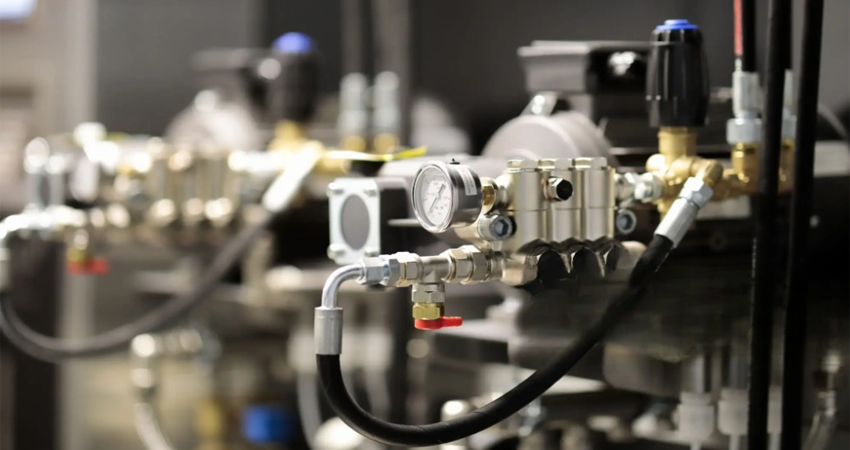
Industrial Hydraulics
The field of Industrial Hydraulics encompasses a wide array of products and components that are indispensable for the functionality and efficiency of hydraulic systems across various industries. Here are some of the main industrial hydraulic products that play crucial roles:
Hydraulic Pump
Converts mechanical energy to hydraulic energy, types include gear, vane, and piston pumps.
A hydraulic pump is a vital component that converts mechanical energy into hydraulic energy. This process is fundamental for driving the hydraulic system. There are several types of hydraulic pumps, each designed for specific applications. Gear pumps, for instance, use interlocking gears to displace fluid, making them suitable for lower-pressure, higher-flow applications. Vane pumps utilize a rotor with vanes that slide in and out of slots in the rotor, creating chambers that compress and expel fluid. Piston pumps, on the other hand, use reciprocating pistons to generate high-pressure flows, making them ideal for heavy-duty applications requiring precision and reliability. The choice of pump depends on the specific requirements of the hydraulic system, including pressure, flow rate, and efficiency needs.
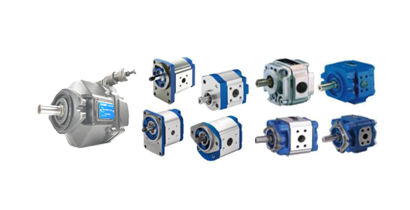
Hydraulic Motor
Converts hydraulic energy back to mechanical energy, often used for rotational loads.
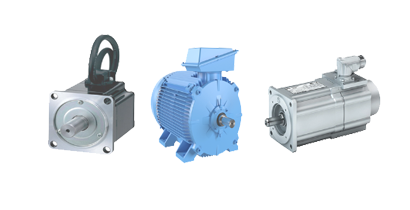
A hydraulic motor converts hydraulic energy back into mechanical energy, primarily used to drive rotational loads. This conversion process allows hydraulic systems to perform work such as rotating machinery or driving conveyor belts. Hydraulic motors are robust and capable of delivering high torque and steady speed under varying loads. They come in various designs, including gear, vane, and axial piston types, each tailored to specific performance needs. Gear motors are simple and reliable, making them suitable for lower-pressure applications. Vane motors offer smooth operation and high efficiency across a wide range of speeds and pressures. Axial piston motors, known for their high power density and precision, are often used in applications requiring intricate control and high performance. Depending on the task and environmental conditions, the appropriate type of hydraulic motor is selected to ensure optimal system performance.
Hydraulic Cylinder
Actuates linear or oscillating motion through liquid pressure, types include single-acting, double-acting, and oscillating.
A hydraulic cylinder is a mechanical actuator that converts liquid pressure into linear or oscillating motion. This motion is essential for various industrial applications, such as lifting, pressing, and clamping. Hydraulic cylinders are classified based on their operation: single-acting cylinders, which use fluid pressure to extend and rely on gravity or springs to retract; double-acting cylinders, which use fluid pressure for both extension and retraction; and oscillating cylinders, which provide reciprocating motion. These cylinders come in various sizes, materials, and configurations to meet the diverse needs of industrial applications. From small, lightweight cylinders for delicate tasks to large, heavy-duty cylinders for powerful operations, the choice of cylinder depends on factors such as force requirements, stroke length, and environmental conditions. Proper selection and maintenance of hydraulic cylinders are crucial for ensuring system reliability and efficiency.
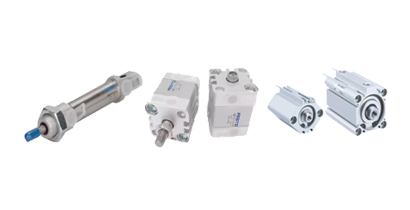
Hydraulic Valve
Controls flow direction, pressure, and rate in the system, types include directional, pressure, and flow control valves, ensuring system stability and reliability.
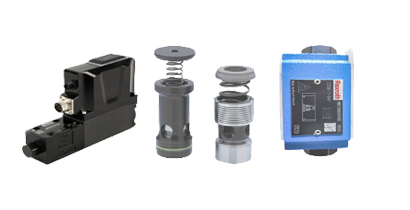
A hydraulic valve is a control element that regulates the flow direction, pressure, and rate within the hydraulic system. These valves ensure system stability, reliability, and precision by managing the fluid dynamics of the system. Directional control valves direct the flow of fluid to different parts of the system, enabling the activation of various actuators. Pressure control valves, such as relief valves and pressure-reducing valves, regulate the system pressure to prevent overloading and maintain safe operating conditions. Flow control valves, on the other hand, adjust the rate of fluid flow to control the speed and force of actuators. Hydraulic valves come in various designs, sizes, and configurations to suit different applications. From simple solenoid-operated valves to complex proportional valves that offer precise control, the choice of valve depends on the specific needs of the system, including response time, accuracy, and reliability requirements. Proper selection and installation of hydraulic valves are essential for maintaining system performance and preventing costly downtime.

Build strong relationships
with clients
Take responsibility for our customers, create value continuously,
and become a
trustworthy partner for industrial intelligence and connectivity.
